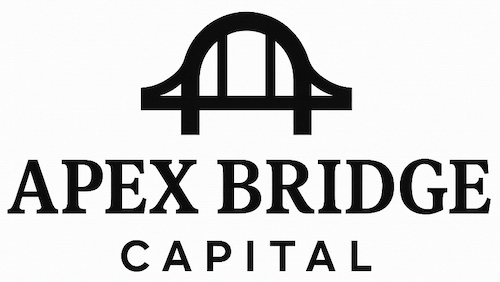What Are Working Capital Loans?
Working capital loans are short-term financing tools designed to help businesses manage daily operations when cash flow is tight. Whether it’s covering payroll, inventory restocking, rent, or short-term debt, these loans provide a financial buffer to keep your business moving forward.
They are especially beneficial for small and medium-sized businesses facing temporary cash gaps or seasonal slowdowns.
How Do Working Capital Loans Work?
Seasonal businesses or companies with fluctuating revenue often use working capital loans to stay afloat during off-peak periods. For example, a summer tourist shop may use a loan to cover winter expenses. These loans can be the difference between staying open or shutting down during lean months.
Repayment is typically structured over a few months to a few years, depending on the loan type and lender.
Common Reasons to Apply
Unpaid invoices delaying cash inflow
Fast growth that outpaces cash reserves
Equipment breakdowns or emergency repairs
Office or retail relocations
Unexpected large purchases (e.g., furniture, kitchen gear)
A cash shortfall isn’t a failure—it’s often just part of business cycles. A working capital loan can help you bridge the gap confidently.
Pros and Cons
Pros
Quick application and funding
No ownership dilution—retain full control
Helps stabilize operations during downturns
Cons
Higher interest rates than traditional loans
Collateral may be required
Risk of personal financial exposure if you default
Types of Working Capital Loans
Term Loans – Repaid over a fixed period, usually with fixed interest.
Line of Credit – Borrow only what you need; interest is charged on the amount used.
Equity Funding – Based on the business owner’s personal resources.
Invoice Factoring – Uses outstanding invoices as collateral for upfront funding.
Merchant Cash Advance – Repaid through a percentage of daily credit card sales.
Trade Credit – Financing offered by vendors or suppliers.
Each loan type suits different situations. Compare terms, interest rates, and flexibility to find the best fit for your needs.
Loan Terms: Short vs. Long-Term
Short-Term (a few months)
Pros: Easier to qualify, fast funding
Cons: Higher repayment pressure, lower amountsIntermediate-Term (months to years)
Pros: Ideal for growth or transitional periods
Cons: Interest costs may rise over timeLong-Term (up to 7 years)
Pros: More manageable monthly payments
Cons: Harder qualification, especially for startups
Eligibility Criteria
Lenders evaluate a business based on:
Time in operation
Monthly revenue and cash flow
Credit history and score
Collateral availability
New businesses or those with limited credit can still qualify, especially with online lenders offering unsecured loan options.
Where to Apply?
You can apply through:
Traditional banks – Established institutions, but slower and more selective
Online lenders – Faster approval, more flexible terms, and competitive comparisons
Sites like BusinessLoans.com help you compare multiple lenders, loan types, and eligibility criteria in one place.
Why Consider Online Lenders?
Broader variety of offers
Simplified applications
Quicker funding times
Easier comparison of terms and rates
Final Thoughts
Working capital loans offer essential support when your business faces short-term financial challenges. Whether you need help navigating slow seasons, covering payroll, or managing a surprise expense, there’s a financing option available. Explore your choices, compare offers, and choose a solution that empowers your business to grow with confidence.

